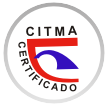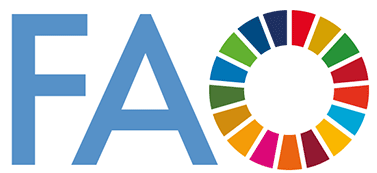Multicriteria analysis to determine the soil and climatic suitability of robusta coffee in El Oro (Ecuador), using geoinformatics
Abstract
In Ecuador, coffee farming is one of the main economic sources of a broad social fabric, with around 199215 hectares distributed in the 24 provinces of the national territory. However, the productivity of this crop has been reduced by various causes such as loss due to pests, unknown genetic material, reduction of cultivated area, old plantations, inappropriate soils and limited technological innovations in production systems. The main objective of the study was to determine the suitability of areas for the cultivation of robusta coffee in the province of El Oro (Ecuador), through the Hierarchical Analytical Process (AHP) and weighted layering of layers, for the proper management of land use and the increase of crop productivity. To this end, thematic maps were created based on climatic, soil and topographic criteria, using geographic information systems (GIS) and geostatistics, which were integrated with the overlay technique in the R programming language (v 4.3.2) to generate a map of suitability of areas for the cultivation of robusta coffee. The final suitability map revealed that the "moderate", "marginal" and "unfit" areas cover 367496.19 ha (63.41%), 211999.68 ha (36.58%) and 41.31 ha (0.01%), respectively. There were no "optimal" areas for cultivation.
Key words: Suitability of areas, Robusta coffee, AHP, GIS, Kriging.
Downloads
Published
How to Cite
Issue
Section
License
Copyright (c) 2025 Agroecosystem Transformation Journal

This work is licensed under a Creative Commons Attribution-NonCommercial-NoDerivatives 4.0 International License.
La editorial "Universo Sur", de la Universidad de Cienfuegos, publica el contenido de la Revista Científica Agroecosistemas bajo una Licencia Creative Commons Atribución-NoComercial-SinDerivar 4.0 Internacional.
© Podrá reproducirse, de forma parcial o total, el contenido de esta publicación, siempre que se haga de forma literal y se mencione la fuente.







